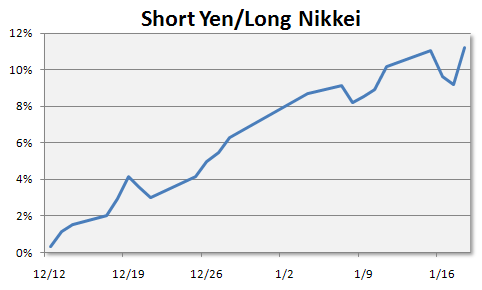Intermarket Spread Trading in Grains
Post on: 21 Июль, 2015 No Comment

Intermarket Spread Trading in Grains
Your grain futures and options trading positions are at risk of loss if the whole market suddenly and unexpectedly moves in the wrong direction. Let’s say you’re short grains and suddenly it’s revealed that a natural disaster has wiped out Russia’s supply of exportable grain … you could face significant losses if you can’t close out your positions in a timely manner. However, you can insulate yourself from these broad market movements if you trade spreads; i.e. if you are both long and short in the sector and instead of trying to profit from overall market movement, you’re anticipating how one market will change in relationship with another.
Grain markets tend to have expected price relationships. Soybeans are usually worth more than double the price of corn, because corn yields more per acre than soybeans do. Wheat is typically worth more than corn because it can be used to make high-protein bread products. Even within the wheat market, certain varieties traded on some futures exchanges are worth more than others because they can be used for higher-quality products. The actual mathematical price ratios change all the time, so to build a trading strategy for intermarket grain spread trades, you will have to analyze those relationships then compare their current spreads against the known expectations to determine whether one market is overpriced or underpriced in relation to another.
For example, let’s say you know new crop soybean futures need to be worth 2.4 times the price of new crop corn futures in order to motivate farmers to plant enough soybeans this spring to meet global demand in the upcoming year. You look at the futures markets and see soybeans trading around $12 and corn trading around $6 … or a price ratio of only 2-to-1. Because you believe soybeans are underpriced in relation to corn, you could buy 1 soybean futures contract and sell 2 corn futures contracts. Then, even if the whole grain sector improves and soybeans move to $15 and corn moves to $7, your spread trade will still be profitable because the difference between the two markets has increased. You will have made $3 per bushel on a 5,000 soybean contract, and lost $1 per bushel on two 5,000 bushel corn contracts.
It’s important to note that with the exception of some trading sessions where big news from government crop observers is released, or export demand rumors ripple through the market, these intermarket spread trades don’t typically change much from one hour to the next. They are longer-term strategies to reflect the relative supply and demand of two markets over time, and therefore aren’t always well suited to day trading.














